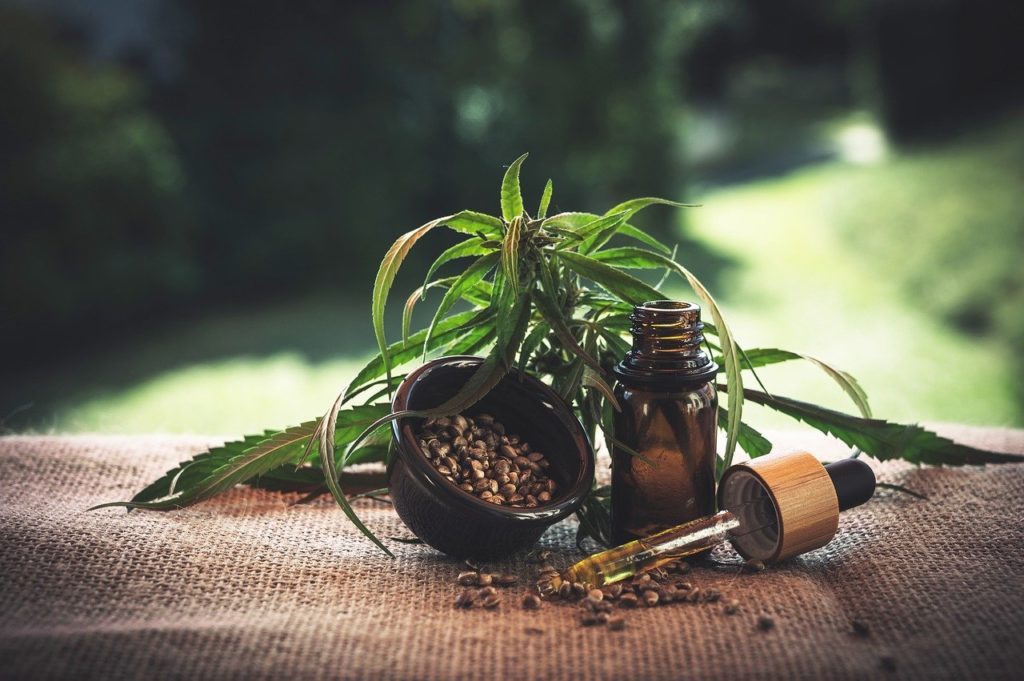The Mexican government has just published new regulations for the production and medical use of cannabis, its pharmaceutical derivatives, and research conducted with it in the country. This represents the next step of the evolution of cannabis regulation in the country. The regulations touch on a broad range of issues, like quality control, and the authorization and documentation requirements.
Mexico published regulations for the medical use of cannabis


This Tuesday, the Mexican government published, through the Diario Oficial de la Federación (DOF), new regulations for the production, research and medical use of cannabis and its pharmaceutical derivatives in the country.
According to the general provisions of the document issued by the authorities, the purpose of the new law is the regulation, control, promotion and health surveillance of raw cannabis materials, its pharmacological derivatives, and medicinal products derived from Cannabis, for production, research, manufacturing, and medical purposes.”
But this is not the end of the cannabis regulation story in Mexico, and further developments will occur. Keep up to date with them using the companion hemp news mobile app.
The evolution of Mexican cannabis regulations has played out over several years
It was pointed out that the institutions that will exercise the powers conferred by the laws and oversee compliance with the new regulations are the Federal Commission for Protection against Health Risks (COFEPRIS), the National Service for Health, Food Safety and Quality (SENASICA), the National Service for Seed Inspection and Certification (SNICS) and the Tax Administration Service (SAT).
According to Reuters, the debate on the therapeutic use of cannabis began in 2015, when the parents of a minor named Graciela Elizalde applied to the Supreme Court of Justice (SCJN) for protection. As their daughter had serious epilepsy problems, they requested that she be given cannabidiol (CBD) for her medical use.
But it was not until 2017 that a decree reforming some provisions of the General Health Law to regulate the use of Cannabis came into effect, but when the deadline for the authorities to regulate the provisions was exceeded, the issue again became stalled.
And it was in August 2019, when a 15-year-old boy with a disability sought protection from the SCJN in order to use medical marijuana that the issue regained momentum. The Supreme Court urged the Ministry of Health to issue a regulation on the medical use of cannabis, which had been delayed until now.
What does this new regulation establish?
The office says that those interested in investigating the medical use of cannabis must have an independent quality control laboratory. This facility must be run by a qualified person with the academic background and experience required to run it.
It is also stressed that COFEPRIS will be able to carry out health checks and will have the power to visit quality control laboratories, staff and their respective quality management systems. Similarly, this unit will be able to have access to the results generated, in order to check that the conditions in which the research is being carried out are the best.
In addition, the legal document specifies that researchers who wish to address this issue must obtain authorization for their research protocol, which will be issued by COFEPRIS.
With regard to the production of the plant, it is pointed out that the planting permit for cannabis must be processed by SENASICA and that the authorization of the research protocol must be attached to the application. Similarly, it was stipulated that it must be planted in a permitted confined area.
The rescrption and manufacture of goods also regulated
With regard to medical prescription, the regulations state that interested professionals may obtain the barcode of special prescriptions for cannabis medicines, after submitting an application to COFEPRIS.
On this point, the document states that professionals who are authorised will prescribe cannabis medicines in special prescription books in the original and in copies.
The final chapters of the text emphasize that the manufacture of the medicines, as well as the possession of the raw materials and pharmaceutical derivatives, are the responsibility of the holder. Therefore documents certifying the legality of the possession must be available on demand.
On the other hand, if the product is to be destroyed, the investigator must contact COFEPRIS so that it can be carried out before an official who can verify its destruction.
__
(Featured image by Julia Teichmann via Pixabay)
DISCLAIMER: This article was written by a third party contributor and does not reflect the opinion of Hemp.im, its management, staff or its associates. Please review our disclaimer for more information.
This article may include forward-looking statements. These forward-looking statements generally are identified by the words “believe,” “project,” “estimate,” “become,” “plan,” “will,” and similar expressions. These forward-looking statements involve known and unknown risks as well as uncertainties, including those discussed in the following cautionary statements and elsewhere in this article and on this site. Although the Company may believe that its expectations are based on reasonable assumptions, the actual results that the Company may achieve may differ materially from any forward-looking statements, which reflect the opinions of the management of the Company only as of the date hereof. Additionally, please make sure to read these important disclosures.
First published in infobae, a third-party contributor translated and adapted the article from the original. In case of discrepancy, the original will prevail.
Although we made reasonable efforts to provide accurate translations, some parts may be incorrect. Hemp.im assumes no responsibility for errors, omissions or ambiguities in the translations provided on this website. Any person or entity relying on translated content does so at their own risk. Hemp.im is not responsible for losses caused by such reliance on the accuracy or reliability of translated information. If you wish to report an error or inaccuracy in the translation, we encourage you to contact us.



Comments are closed for this post.